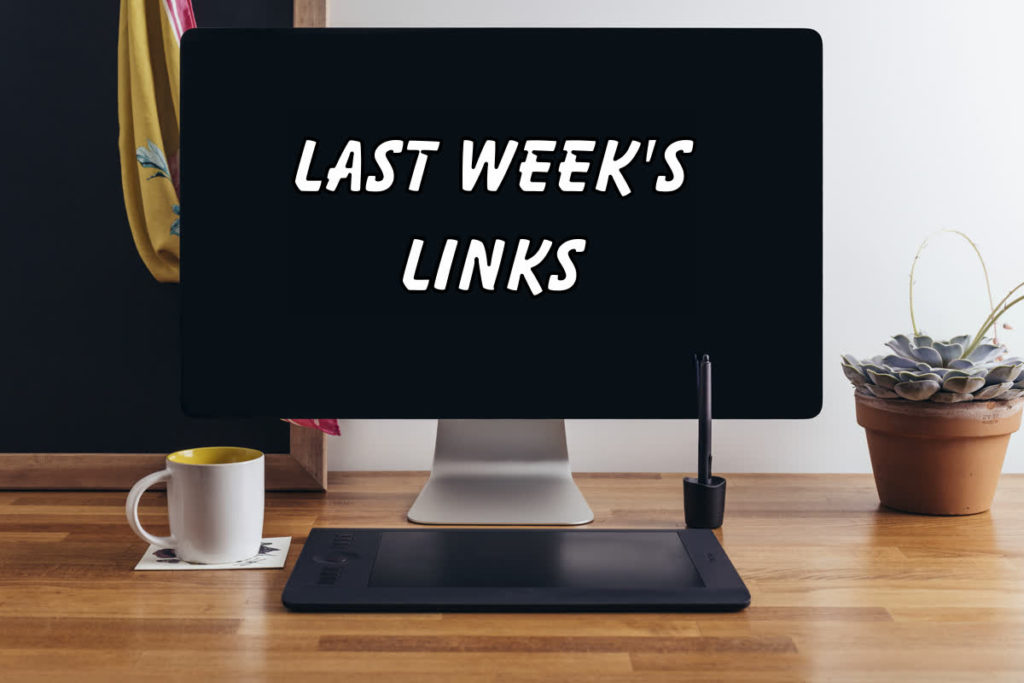My mistress Melancholy
Mary Ann Lund, associate professor in Renaissance English literature at the University of Leicester in the UK, discusses Robert Burton (1577-1640) and his The Anatomy of Melancholy, “the most pervasive and elusive of Renaissance diseases.”
“One of the great achievements of The Anatomy of Melancholy is to draw together the collective wisdom of nearly two millennia on a condition that was alluring and dangerous in equal measure.” Lund writes “melancholy came to be seen as a European epidemic” during the 16th and 17th centuries.
I READ MY WAY OUT: MY YEAR OF READING COPIOUSLY AND THERAPEUTICALLY
2018 was “a rough year” for college professor and academician Carole Bell. She made several significant life changes during 2019 to help herself overcome isolation, depression, and anxiety, and one of those changes involved “reading intentionally and reading as self-medicating and self-soothing.”
In the end, I read 403 books in 2019, not counting the few I abandoned or partial reads of the academic books I read select chapters from for research. I also wrote 50 book reviews, sent one to a popular blog and had it accepted it for publication. The bottom line: I had been in a funk, and I read my way out. Reading is no substitute for therapy. And I did some other things along the way like find a critique partner and a writing coach, train for a half marathon, and run my best time. But as it had on other occasions before, the biggest internal change began with books.
Coronavirus feels like something out of a sci-fi novel. Here’s how writers have imagined similar scenarios
“The coronavirus outbreak feels like something out of a science fiction — or horror — novel. Indeed, novelists have been imagining scenarios like this for centuries,” write Silvia Moreno-Garcia and Lavie Tidhar in The Washington Post. Read their discussion of several pandemic novels that may offer readers “a fascinating what-if thought experiment.”
Why Tales of Female Trios Are Newly Relevant
In literature and pop culture, women often come in threes, deriving power from solidarity even as they work to forge their own paths.
How Reading Into The Setting Enhances A Book
I don’t emphasize often enough the importance of close reading for fully understanding and appreciating works of fiction. Here Yash Raaj explains how he uses outside resources to understand fully a novel’s setting—both time and place—and how the setting “interacts with characters.” This approach to reading literature allowed him to see “how literature branched into history, sociology, etc., connecting these disciplines in one text.”
Moreover, this habit has brought out a new side to me as a reader. I have learned how to arm myself with information, which is highly necessary in an era of social media activism. Careful reading certainly adds an edge and displays a streak of awareness accumulated through literature.
© 2020 by Mary Daniels Brown


Thanks for the link to the article about the professor. Can’t imagine ever being able to read more then 400 books a year !
I had a similar reaction. When people report reading even 100 books, I’m skeptical about how much of what they read they actually absorbed. However, I also know that academics must consume inordinate amounts of reading material, so who knows.